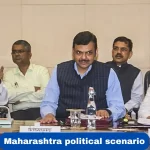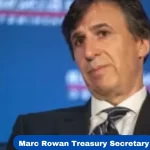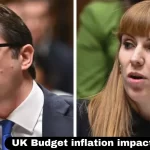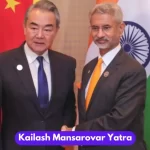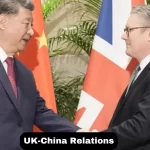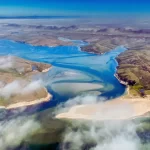Azerbaijan will host the 29th UN climate conference, known as COP29. A major focus of this COP is finance. We need significant funding to achieve our climate goals of limiting global warming to no more than 1.5 degrees Celsius and protecting communities from climate impacts.
Focus on Funding
- Renewable Energy: Tripling renewable energy capacity in the next decade to move away from fossil fuels requires substantial capital.
- Resilience Against Climate Impacts: Protecting vulnerable communities also needs significant investment.
- Conserving Nature: Preserving forests, grasslands, coastal areas, and seascapes to sequester carbon and support biodiversity will require major funding.
- Developing Countries: The critical question is how to ensure that developing countries, facing the worst climate impacts, can access the needed funds.
According to the Climate Policy Initiative’s 2023 report, we need about $2.54 trillion in climate finance annually. The Global Stocktake from last year shows up to $5.9 trillion is needed over the next five years to implement national climate plans in developing countries. The UNEP Adaptation Gap Report estimates annual adaptation costs for developing countries at $215 to $387 billion. The International Energy Agency states that emerging markets (excluding China) need about $1 trillion annually by 2030.
Sources of Capital
This capital will need to come from both public and private sources. Donor governments should invest more in the clean energy transition for developing countries. However, public resources alone are insufficient; the private sector must also provide substantial financing for renewable energy and green transport projects.
Setting New Finance Goals
One key agenda item at COP29 is establishing new finance goals to ensure adequate funding for developing countries. Discussions will also focus on carbon markets and mobilizing private capital to maximize emissions reductions and prioritize equity for marginalized communities.
Stronger National Climate Plans
Countries will submit new Nationally Determined Contributions (NDCs) for 2035 by early 2025. These plans must be more ambitious than previous ones to reduce emissions effectively. The UN’s Emissions Gap Report highlights the need for greater emissions reductions to limit global warming to 1.5 degrees. However, it also states that we have the technologies to bridge the emissions gap using solar, wind, nature-based solutions, energy efficiency, electrification, and fuel switching in various sectors.
Importance of Inclusive Processes
Parties to the Paris Agreement must submit new NDCs by February 2025. Ensuring that countries follow inclusive processes to create effective and sufficient NDCs is crucial for meeting Paris goals. WWF and other observers will advocate for this at COP29.
Seeing the Big Picture
COP29 is held between global biodiversity and plastic pollution negotiations. Addressing these interconnected issues is essential for a livable future. To halt and reverse nature loss, we must address climate change. Mobilizing nature as a partner, protecting carbon sinks, and tackling plastic pollution are critical. Our recent Living Planet Report shows how climate change impacts species loss. The IPCC’s Sixth Assessment Report recommends protecting 30% to 50% of Earth’s land, freshwater, and oceans. Recognizing the connection between climate and nature at COP29 is vital.


